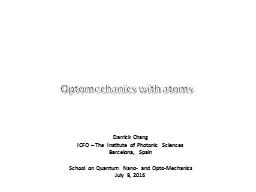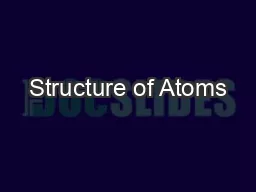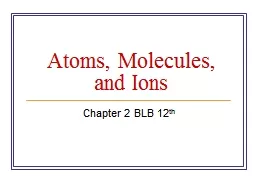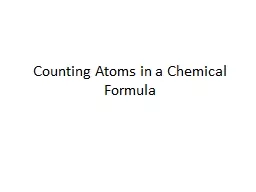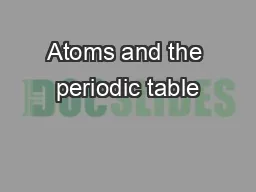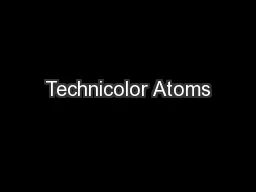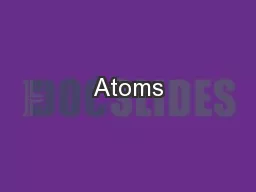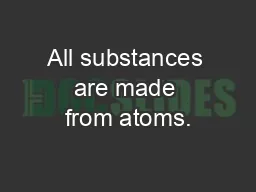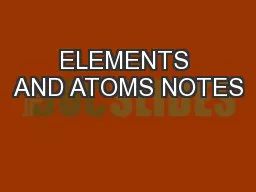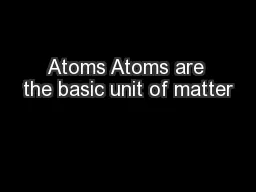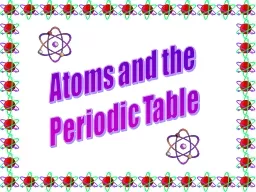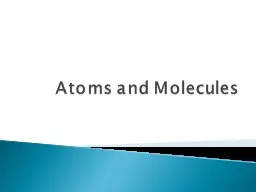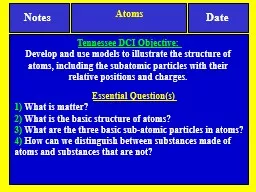PPT-Optomechanics with atoms
Author : luanne-stotts | Published Date : 2017-10-17
Darrick Chang ICFO The Institute of Photonic Sciences Barcelona Spain School on Quantum Nano and OptoMechanics July 8 2016 Motivation Optomechanics unprecedented
Presentation Embed Code
Download Presentation
Download Presentation The PPT/PDF document "Optomechanics with atoms" is the property of its rightful owner. Permission is granted to download and print the materials on this website for personal, non-commercial use only, and to display it on your personal computer provided you do not modify the materials and that you retain all copyright notices contained in the materials. By downloading content from our website, you accept the terms of this agreement.
Optomechanics with atoms: Transcript
Download Rules Of Document
"Optomechanics with atoms"The content belongs to its owner. You may download and print it for personal use, without modification, and keep all copyright notices. By downloading, you agree to these terms.
Related Documents

